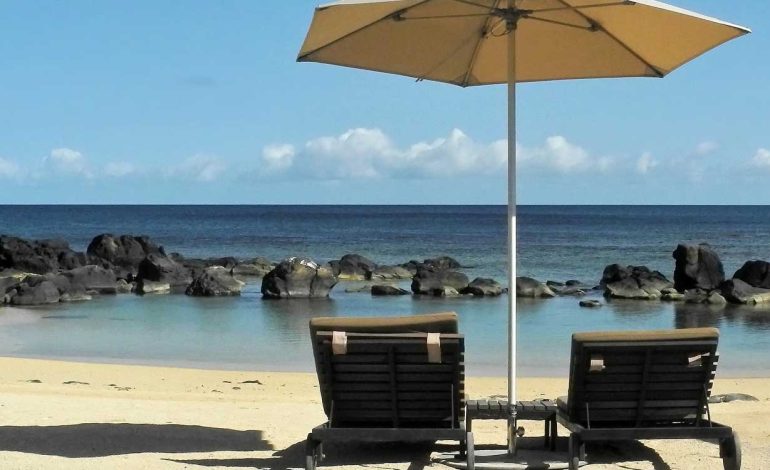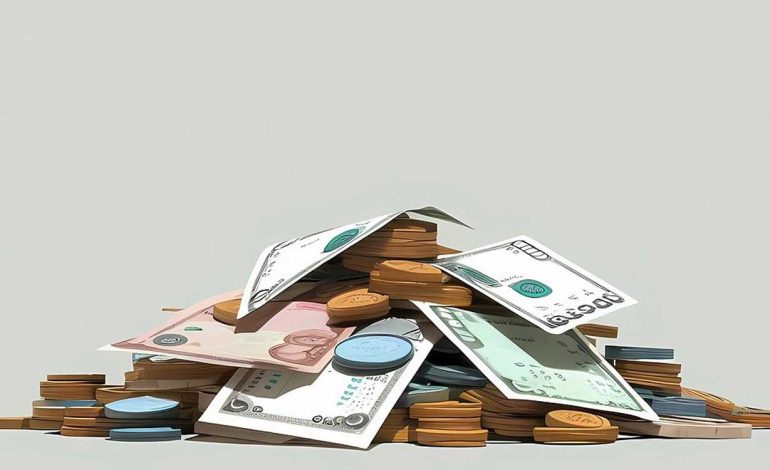Why Invest in Mauritius?
There are many incentives in place to encourage foreign investment in Mauritius, and factors that attract investors, in particular the favourable tax regime. Some of these incentives include:
Read More
There are many incentives in place to encourage foreign investment in Mauritius, and factors that attract investors, in particular the favourable tax regime. Some of these incentives include:
Read More
The Mauritian banking industry currently includes 22 banks, 5 of which are local banks, 10 are foreign-owned subsidiaries, 1 is a joint venture, 4 are branches of foreign banks, and 2 are licensed as private banks. The central bank, the Bank of Mauritius, licences these banks to carry out local and international banking business. The […]
Read More
Here are some of the factors that make Mauritius an attractive prospect for foreign investors: GDP per capita: approx. USD 9,600 (2016) Moody’s Investors Service: BAA1 (2017) GDP Growth: 3.6% (2016) Unemployment: 7.9% (2015) Inflation: 1.2% Repo Rate: 4% Convenient time zone (GMT +4) Main Languages: French and English Population The Mauritian population consists of […]
Read More
Mauritius is an increasingly attractive prospect for foreign investors, with real estate and financial services being the most popular sectors. According to statistics from the Bank of Mauritius, foreign direct investment (FDI) that inflowed into the Mauritian economy in 2016 saw an increase of 41% compared to the previous year, amounting to MUR 13.6 billion. […]
Read More
The Blue Economy is considered to be a new frontier for Mauritius. The government aims to conserve and make use of the oceans, seas, and marine resources for sustainable development. Mauritius lays claims to an Exclusive Economic Zone (EEZ) of approximately 2 million square kilometres in the South West Indian Ocean. This EEZ still has […]
Read More
Mauritius developed its textile manufacturing sector to diversify its economy, and by the 1980s, the share of manufacturing in GDP rose to 25% from 19% in the 1970s. The development of the exportation of textiles and garments complemented the tourism and sugar export industries. However, with the expiration of the Multi-Fibre Agreement and the strength […]
Read More
With the decline of the sugar industry, tourism is often thought of as the central pillar of the economy. During the past thirty years, Mauritius has developed into a middle-income diversified economy, from a low-income economy based on agriculture. Much of this economic growth has been attributed to the expansion of the luxury tourism sector. […]
Read More
Financial services are emerging as a vital component of the economy in the banking and non-banking offshore sectors, including insurance, the stock exchange, and leasing. Many of these activities take place in Mauritius, but the operations take place outside of the country. Transactions made in foreign currencies fall under the supervision of the Financial Services […]
Read More
There are considered to be five pillars of the Mauritian economy: sugar; textiles and manufacturing; tourism and hospitality; financial services; and ICT. Mauritius has one of the strongest economies of the African countries and has successfully diversified from a mainly sugar-based economy to include tourism and textile exportation from the 1980s onwards, with the newer […]
Read More
Mauritius has been referred to as the “miracle of peaceful coexistence,” for how people with roots in Europe, Asia and Africa, live side by side in harmony and respect each other’s culture and religion. Out of a population of 1.2 million, 70% are descended from the Indo-region, with about 40% of those being Hindu, 16% […]
Read More